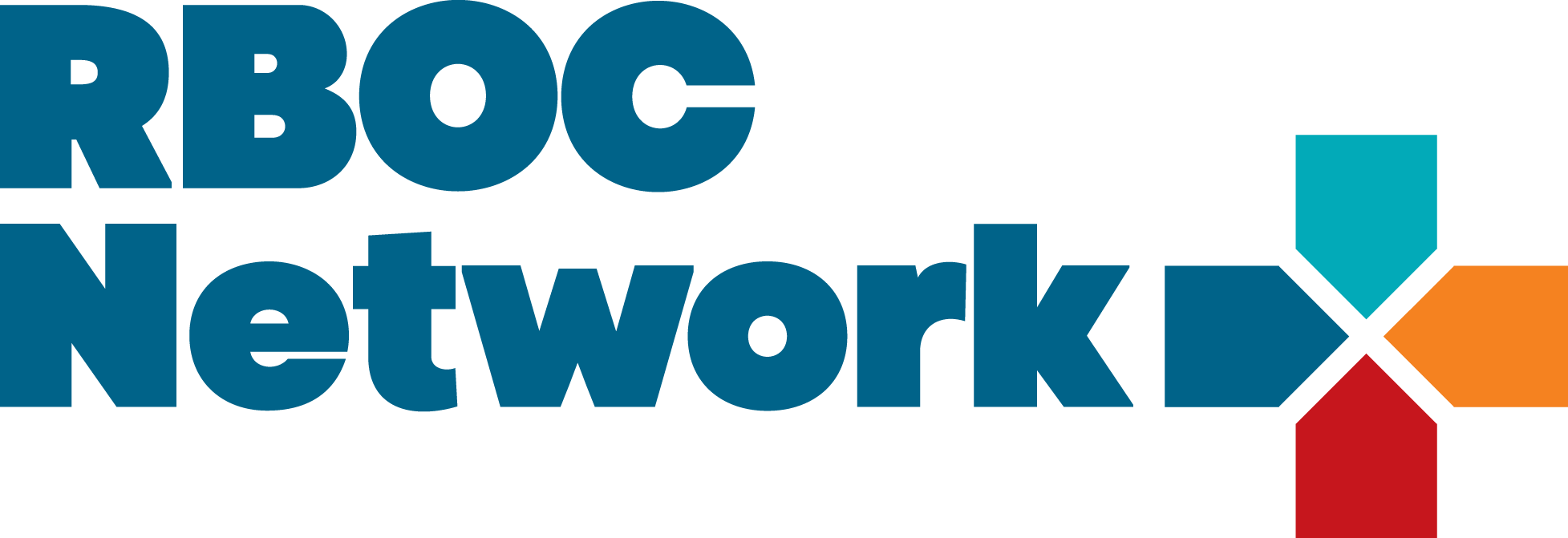The RBOC Network+ Model aligns with our three core objectives with activities designed to help us achieve success.
Our N+ is designed to function as a collaborative environment where co-creation, co-production, and impact are central to its success. Our focus is UK resilience in the face of potentially catastrophic incidents, but given the breadth of scope and diversity of potential expertise and knowledge, our activities are focused around a specific scenario: that of a human-initiated major incident in a smart city in the 2050s.
A well-structured, considered, and dynamic model of activities forms the basis of the N+ activities, enabling a multi- and interdisciplinary perspective, and aligning with our three core objectives. Activities will be centred around identifying and exploring broad Challenge Areas (CAs) that promote multidisciplinarity. It will be impossible to cover all challenges and risks within the life-cycle of the N+, so our intention is for our N+ to identify, develop, and refine the most important. Initially, we will develop seven CAs, each led by a member of the core management team to make sure the N+ is focused and to enhance our ability to maximise integration. While the CAs are likely to remain constant throughout the lifetime of the N+, the questions that they address will likely evolve through the RBOC N+ community meetups. RBOC will have two challenge areas focusing on Responsible Innovation and Trusted Research, and Trust, Identity, Privacy and Security.


